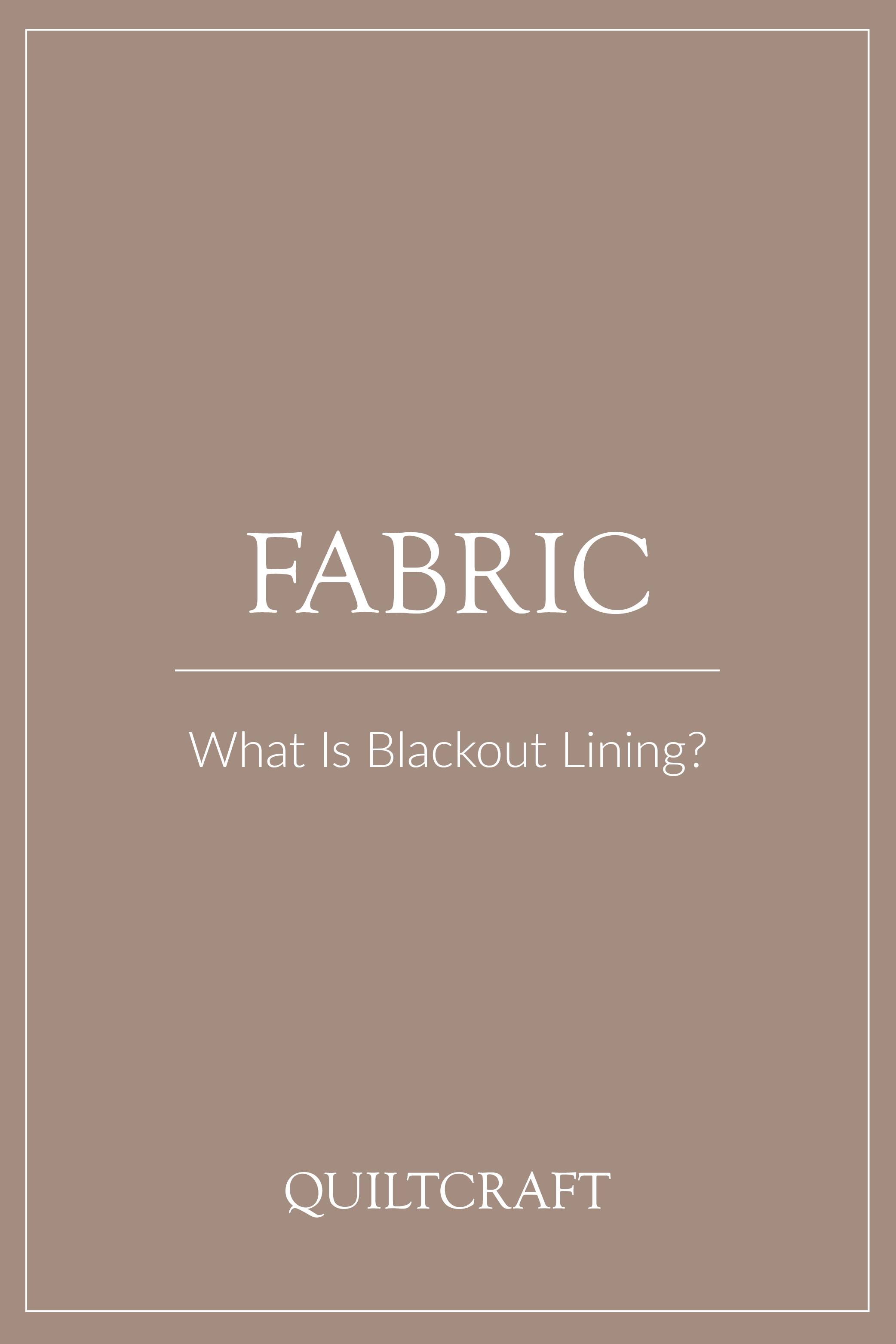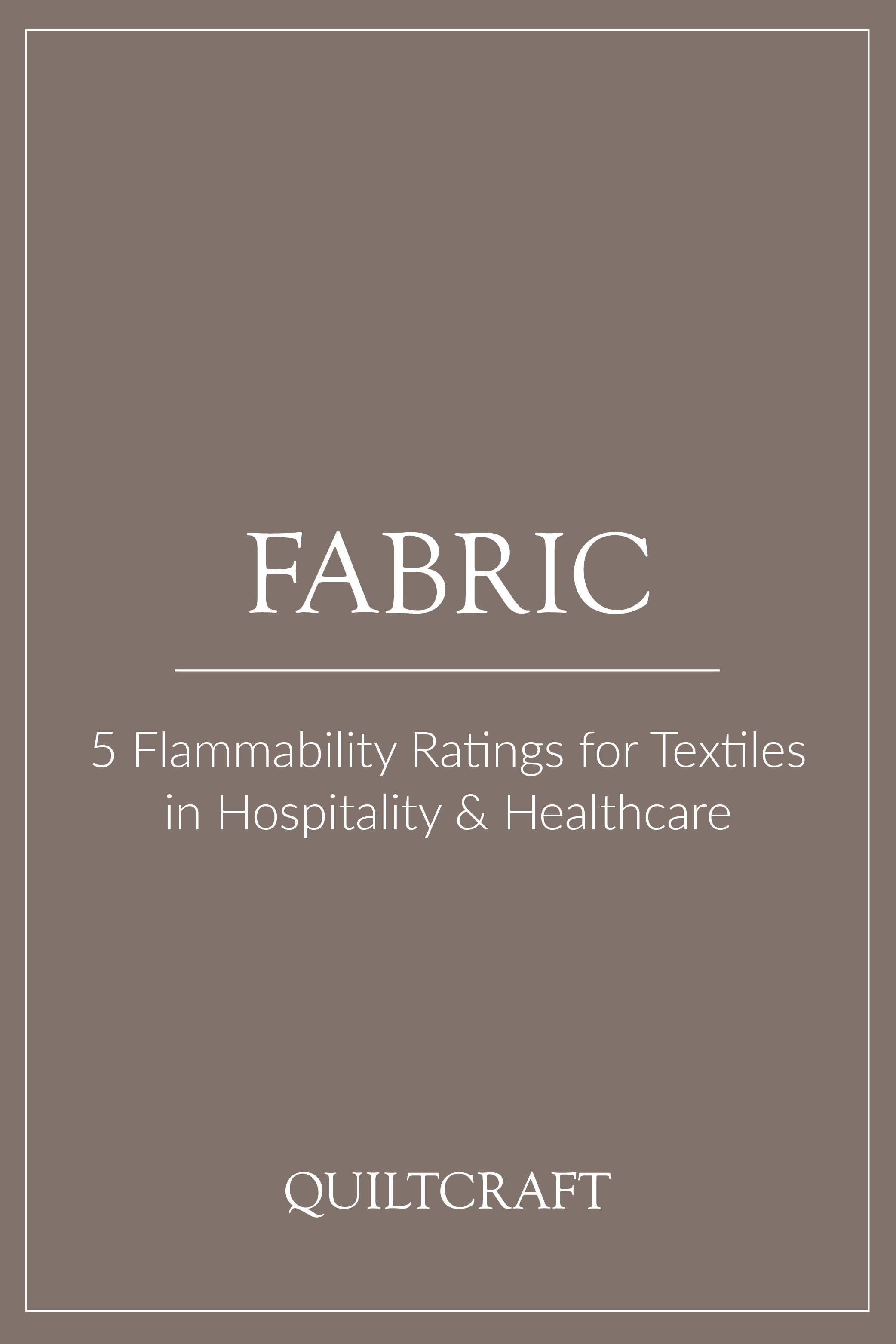Fabric Lining
Fabric is lined for numerous reasons: to create blackout fabric, noise absorbing fabric, support the shape of the fabric and more! There are different types of lining for different purposes. 2 pass lining may still require another treatment, whereas 3 pass can be used alone. It is possible to line decorative fabric, it would be treated like a 2 pass. Sheet lining creates a finished look for the back of the drape while providing a stiffer appearance. The inner lining is placed between two fabrics for noise absorption as well as other purposes! Continue reading to read the purposes of lining!
2 Pass Lining
A plain polyester fabric that is coated with two layers of foam on one side. the first coat is a blackout foam, the second is a finish color (white or ecru). The opposite side of the fabric is left unfinished, appears dark gray and therefore this type of blackout is typically used to line decorative fabrics in order to accomplish light fastness (concealing the unfinished side).
3 Pass Lining
Is a plain polyester fabric that is coated with 3 layers of foam. Made identically to 2 pass except that the unfinished side is sprayed with a coat of foam and finish color (usually white or ivory). Both sides being finished allows this blackout type to be used as a treatment by itself.
Coating A Decorative Fabric
A “blackout coating” can be added to the back of a traditional decorative fabric. This process is identical to the 2-pass treated fabric, which eliminates the need to line the drapery with another layer of blackout lining.
Sheet
Is a semi-translucent fabric used to provide stability to treatments where light fastness is not required. Typically used as the lining for public Roman shades and stationary panels to ensure a “finished” back.
Inner Lining
Is a denser fabric used between two fabrics or as a lining to improve noise absorption, room insulation or treatment shape (fullness and body).
What Is Blackout Lining?
Simply put, drapery lining is used to add the blackout effect to an uncoated decorative fabric (non-blackout). Want to learn the difference?
We hope that this information was helpful in your decision process. Download this information and keep it at your fingertips! We have condensed it and put it in a 1 page PDF card. Get it below!
Here are other links that might interest you:
Explore More Drapery Related Resources



















